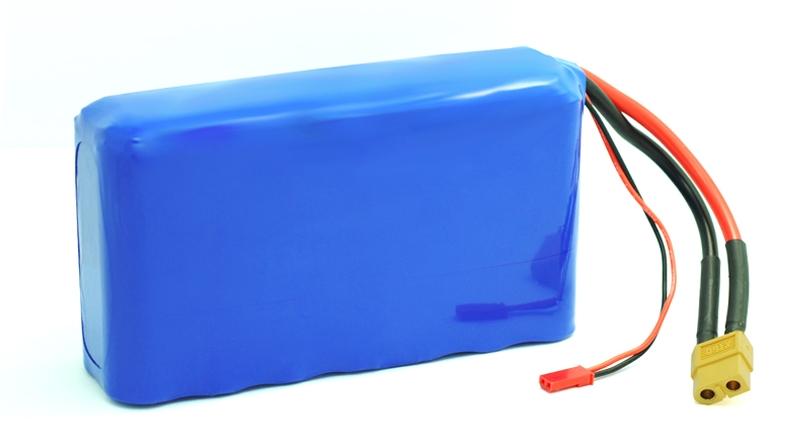The constantly growing demand for energy storage is driving research and development in battery technology. The sodium-ion battery is a reliable and affordable replacement for li ion customized battery packs. The easy accessibility and availability of sodium make sodium-ion batteries more attractive and competitive.
By using elements that are abundant in the Earth and adjusting the phase growth of the layered oxide cathode, a long-cycle, high-energy sodium-ion battery has now been developed and validated at 165 Wh/kg with the collaboration of Dr. Qingsong Wang, junior group leader at the Chair of Inorganic Active Materials for Electrochemical Energy Storage.
“Our result shows that sodium-ion batteries are even more cost-effective and sustainable on an industrial scale than conventional li ion customized battery packs, which are based on iron phosphate chemistry,” says Wang.

In the study, which has been published in Nature Energy by a team of scientists from the Universities of Bayreuth (Germany), Xiamen (China), Shenzhen (China), the Argon National Laboratory (U.S.) and the Physics Institute of the Chinese Academy of Sciences in Beijing (China), it is shown that the intergrowth structure can be adapted by controlling the charge depth. This allows a prismatic-type stacking state to be inserted evenly between the octahedral-type stacking states.
This helps to avoid neighboring octahedral-type stacking faults. Octahedral-type and prismatic-type refer to the geometric arrangement of atoms or ions in a crystal lattice. Octahedral-type means that the atoms or ions in a crystal are arranged in an arrangement that resembles an octahedron. Prismatic-type refers to an arrangement that resembles a prism.
“Our research is to analyze the anionic oxygen redox reaction as an energy enhancer of the layered oxide for the sodium ion cathode,” says Wang.
“It is important to develop a strategy to make this reaction reversible and stable. In the long term, the results of our research can make mid-range electric vehicles more affordable, as the batteries for them can then be produced more cheaply and with a longer service life.”









